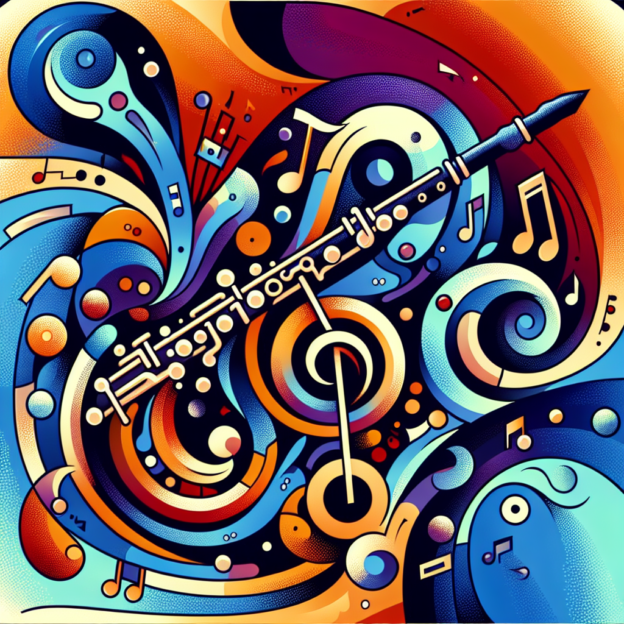Becoming a clarinet virtuoso means studying many elements of music theory, one of which is scales. Among the myriad of scales available to clarinet players, the G Augmented Scale is a real gem, carrying deep historical roots and an intriguing significance in clarinet music. But what's all the fuss about this scale and why should you, a clarinetist, care?

Clarinet Fingering Charts are always FREE at MartinFreres.net!
Understanding the G Augmented Scale
The G Augmented Scale has a structure that adds a touch of excitement and drama to your playing. It's a unique blend of whole and half steps, typically made up of the notes: G, A, B, C?, D, E, and F?. This special arrangement sets it apart from regular major and minor scales, creating a sound that can stir up feelings of tension and resolution – key ingredients in captivating music.
| Note | Interval |
|---|---|
| G | Root |
| A | Major 2nd |
| B | Major 3rd |
| C? | Augmented 4th |
| D | Perfect 5th |
| E | Major 6th |
| F? | Major 7th |
Historical Significance
Looking back, we can see that the G Augmented Scale has been part of music for quite some time. In the 19th century, famous composers like Béla Bartók and Igor Stravinsky started using this scale in their works. They wove it into the fabric of their music, inspiring countless musicians who followed. It's not just a random set of notes; it's a system that has sparked creativity for generations.
Jazz Influence
As the scale gained popularity, clarinetists began adding it to their repertoires. This caught the attention of jazz musicians. Well-known jazz clarinetists like Sidney Bechet changed how we think about improvisation using the G Augmented Scale. They found ways to blend it smoothly with blues and swing elements. This newfound freedom in improvisation really got the creative juices flowing! Clarinetists were no longer just playing notes; they were telling stories that connected with audiences, bringing their music to life.
Contemporary Classical Music
The G Augmented Scale plays a big role in today's classical music too. Many new pieces feature this scale, giving composers a chance to break away from traditional patterns. The unique sound qualities make these pieces stand out, appealing to both performers and listeners. It's a great example of how old and new ideas can work together, expanding the clarinet's role across different genres.
Technical Benefits
There's more to the G Augmented Scale than just its sound. Mastering it can really improve your finger work and tone control on the clarinet. Many experienced players say that practicing this scale's subtleties helps clarinet players sharpen their skills, boosting their overall technique. This is particularly helpful if you want to play complex pieces or improvise freely.
Emotional Expression
Learning the G Augmented Scale goes beyond just hitting the right notes; it's about understanding the feelings and stories behind the music. The unique sound of this scale can bring out emotions like excitement and surprise. Think about how it feels when you play an unexpected note during a performance – that's the magic of the G Augmented Scale!
Practice Tips
The G Augmented Scale can be a great addition to your practice sessions. Here are some ways to incorporate it:
- Use it in your warm-up routine
- Practice improvising with it
- Try playing familiar melodies using this scale
- Combine it with other scales in your exercises
As you work with it more, you'll find it becomes a valuable tool in your clarinet playing kit. It's not just another scale; it's a way to broaden your understanding of music as a whole!
Conclusion
As you journey towards mastering the clarinet, the G Augmented Scale plays an important role. It connects the old with the new, theory with practice. By embracing this scale, you're not just becoming a better musician; you're joining a long-standing musical conversation that has shaped clarinet music over time. So, next time you pick up your clarinet or start practicing, remember the rich history and potential that this amazing scale offers.
Table of Contents
- Understanding the G Augmented Scale
- Historical Significance
- Jazz Influence
- Contemporary Classical Music
- Technical Benefits
- Emotional Expression
- Practice Tips
- Conclusion








